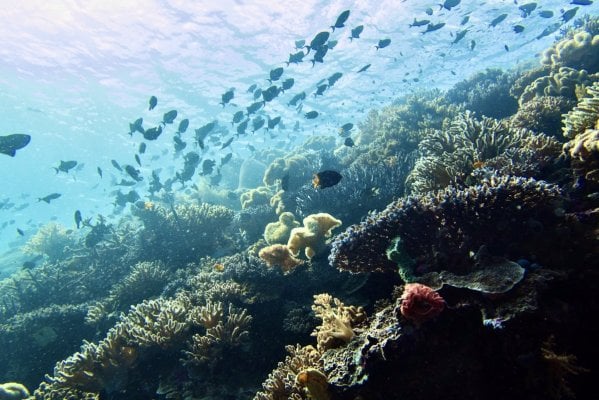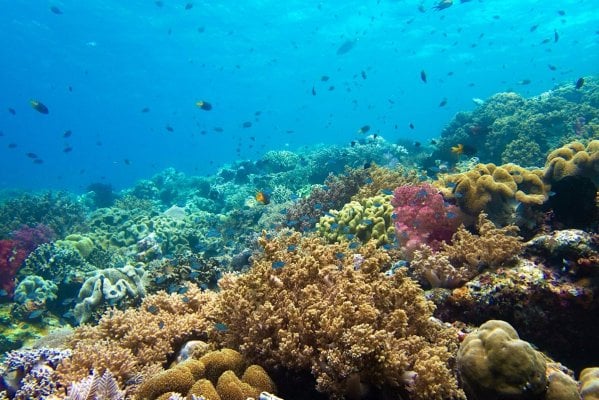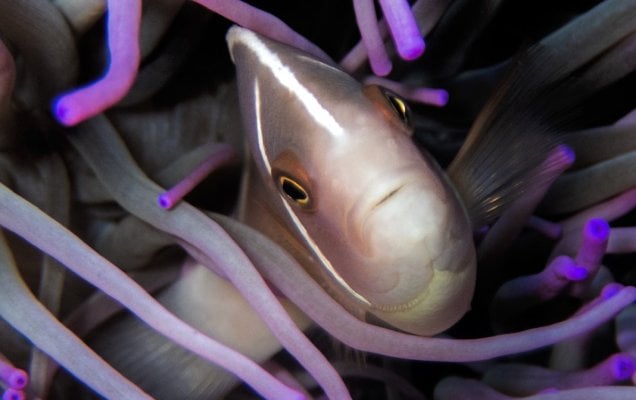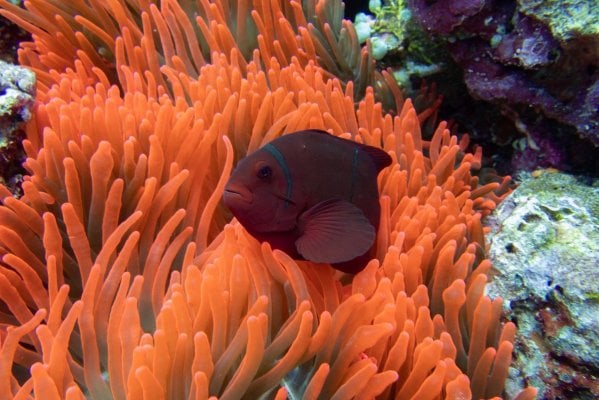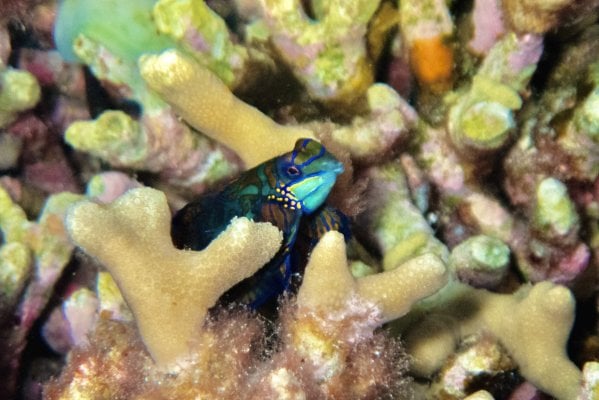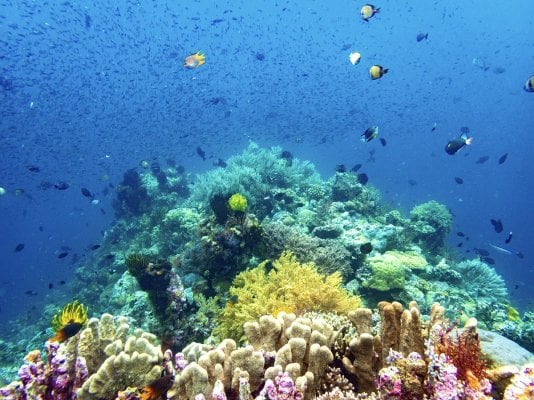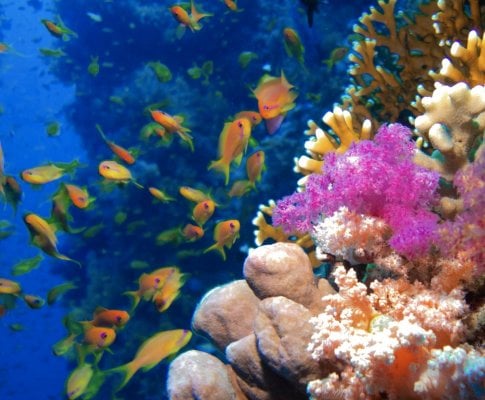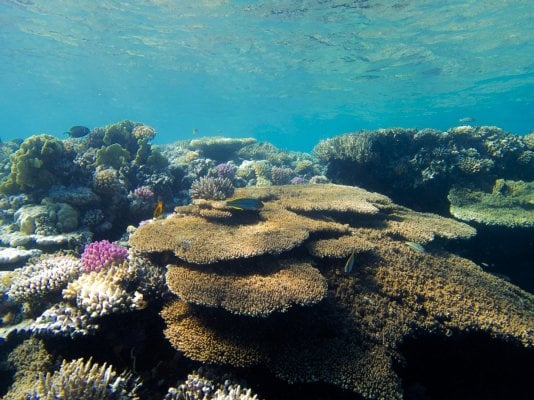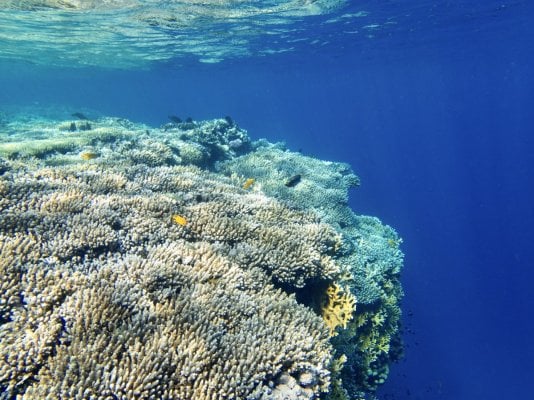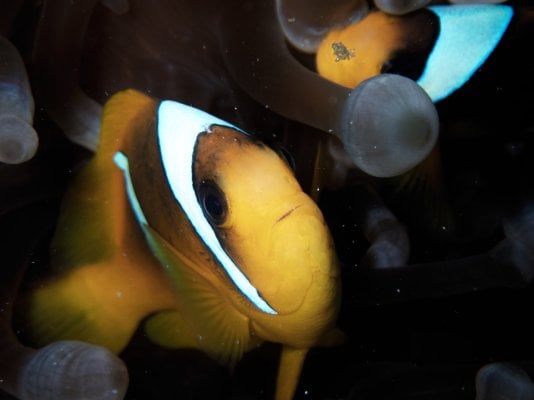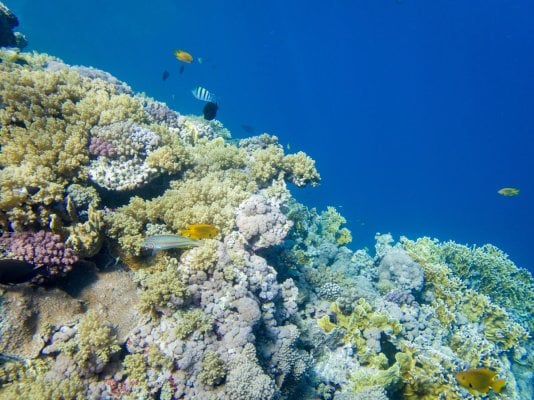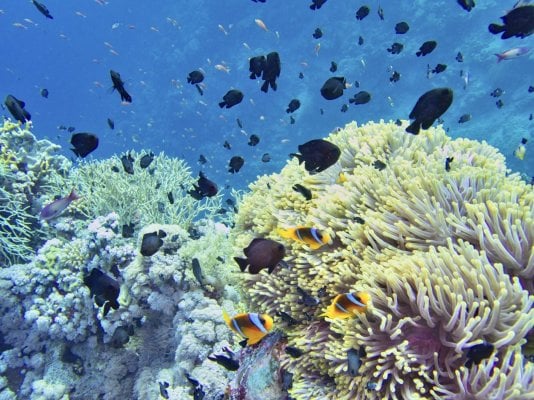So cool to see some of these corals that we see in our tank in their natural habitat! It’s humbling to see such large colonies in the wild, and how they cohabitate with others
in Florida and the key, we aren’t fortunate to have very many beautiful corals that appear even in other areas of the Caribbean. But if you look hard enough, you can find some cool stuff and some beautiful fish!
in Florida and the key, we aren’t fortunate to have very many beautiful corals that appear even in other areas of the Caribbean. But if you look hard enough, you can find some cool stuff and some beautiful fish!









